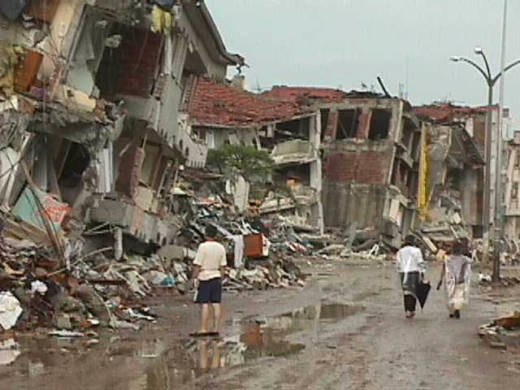Scientists have long held out hope that major earthquakes might be predictable from their “foreshocks” — the smaller tremors that often occur right before a major quake. But a new study suggests that the foreshock theory is, well, shaky.
In particular, some scientists thought tremors that preceded a 1999 earthquake near Izmit, Turkey might prove that foreshocks are warnings of bigger quakes to come, due to the way geologic events played out miles below the surface. But new and expanded analysis of seismographic data from that magnitude 7.6 event shows no connection.
“We found that the foreshocks — the earthquakes that preceded it — were no different than ordinary earthquakes,” says geophysicist Bill Ellsworth, who led the study for Stanford. “There were no characteristics that impending signs of an earthquake about to happen.”
“It seems to reiterate the standard position,” says Emily Brodsky, who studies earthquake prediction at UC Santa Cruz.” Brodsky points out that while about half of big earthquakes have “observable foreshocks,” only about 5 percent of earthquakes turn out to be foreshocks. (The trouble with any precursor quakes is that you never know if they’re foreshocks — that is, related to the main shock — until the dust clears.)
“This has been the quandary for some time,” says Brodsky. “This study reinforces that quandary by once again finding no specific attribute of the foreshocks that can distinguish them in real time.”
